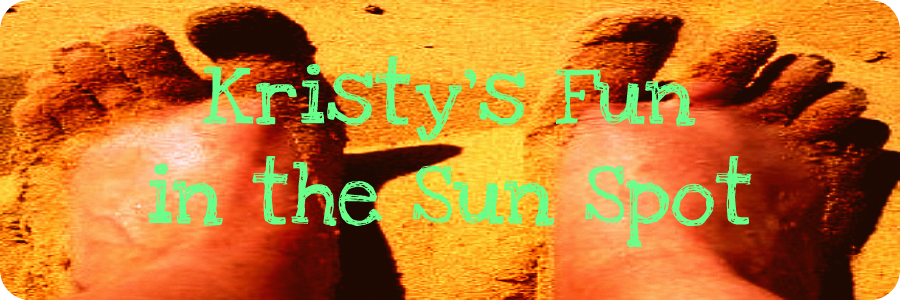December 6, 2010
Diana Degette
House of Representatives
2335 Rayburn House Office Building
Washington, D.C. 20515
VOTE YES ON H.R. 1850 Quit Smoking for Life Act 2009
The proposed program would provide smoking cessation materials to many who would not otherwise be able to access them. As a health educator, I believe that providing cessation materials will increase the number of individuals who succeed in quitting smoking for life. This will reduce the prevalence of numerous diseases relating to smoking and in turn reduce health care costs all across the country.
This program will save lives and financial costs of the country. Cigarette smoking currently costs the country more than $193 billion dollars in health care costs and lost productivity. Also, more than 400,000 people die in the U.S. each year from smoking related diseases. Nearly 70% of smokers want to quit completely, but many do not have the means to do so. Each year, more than 45% of smokers try to quit. If these individuals were provided assistance to purchase cessation materials, there would be a higher success rate for those who actually quit smoking.
Opponents of this bill might not feel that Medicare or Medicaid is responsible for providing these resources to individuals. Unfortunately, if these insurance companies do not offer assistance for individuals to purchase these items, the majority forego the use of them, which results in unsuccessful cessation attempts. This means that smokers remain dependent to tobacco products and continue to cost the country billions of dollars. The Quit Smoking for Life Act can save lives and save billions of dollars, which I believe is beneficial for everyone.
Thank you for your previous support and concern on smoking cessation issues. We hope you decide to further promote this bill and vote yes to H.R. 1850 Quit Smoking for Life Act. If I can be of any further assistance or provide you with additional information, please feel free to contact me at 555-555-5555 or email@gmail.com.
Kristy
Facts about Smoking
Each year, billions of dollars are spent on the costs of cigarette smoking. Between health care costs and lost productivity:
· Cigarette smoking costs more than $193 billion
· Secondhand smoke costs more than $10 billion
Smoking doesn’t just cost our society financially:
· More than 400,000 people in the U.S. die from smoking or smoking related diseases each year.
· This is equal to 1200 people every day.
According to the 2004 Surgeon General’s Report, almost 172,000 new cases of lung cancer occurred and an estimated 157,200 people died from lung cancer.
· Male smokers are 23 times more likely to develop lung cancer than nonsmokers.
· Female smokers are 13 times more likely to develop lung cancer than nonsmokers.
In the U.S., about 8.6 million have at least one serious illness caused by smoking.
· For every one person that dies from smoking, 20 more people suffer from one or more serious illnesses related to smoking.
Nicotine is an addictive drug. When quitting, multiple attempts are common. Some cessation tools that are helpful include counseling or medication, either by themselves or in combination.
· Nearly 70% of smokers want to quit completely.
· Each year, more than 45% of smokers try to quit.
Smoking cessation can provide multiple health benefits:
· Lowers risk for cancer
· Reduces risk for heart disease
· Reduces respiratory symptoms
· Reduces risk of developing Chronic Obstructive Pulmonary Disease (COPD)
Sources:
Centers for Disease Control and Prevention Smoking and Tobacco Use
American Lung Association: Stop Smoking
The Health Consequences of Smoking: A Report of the Surgeon General
The Truth about Tobacco

























